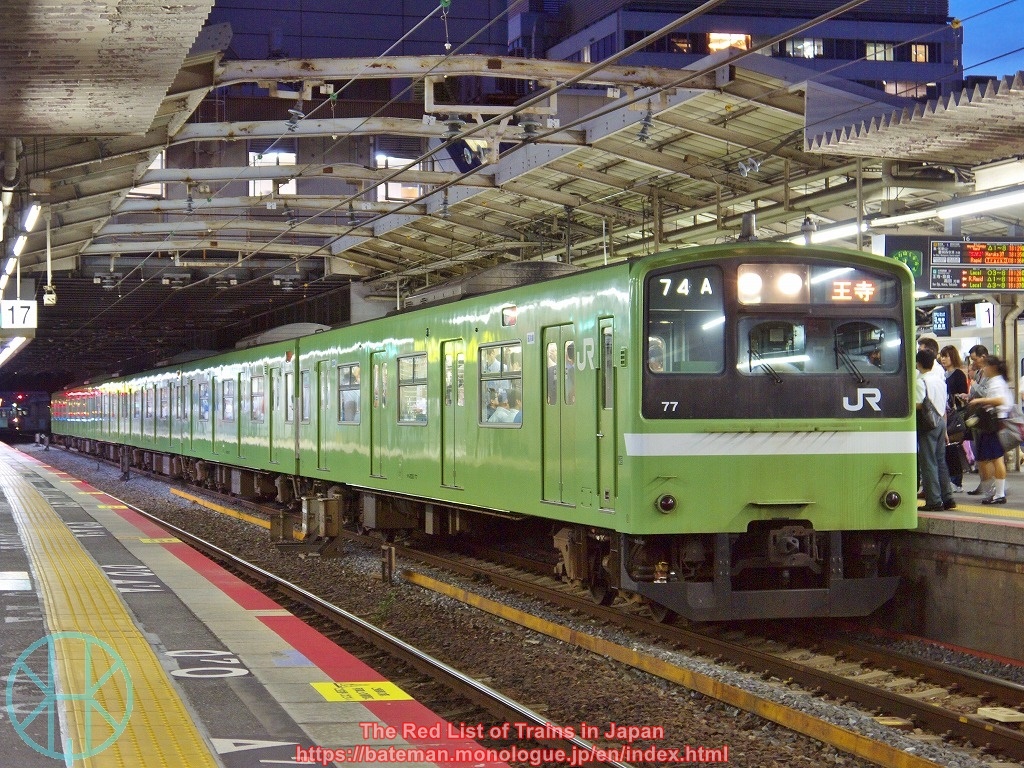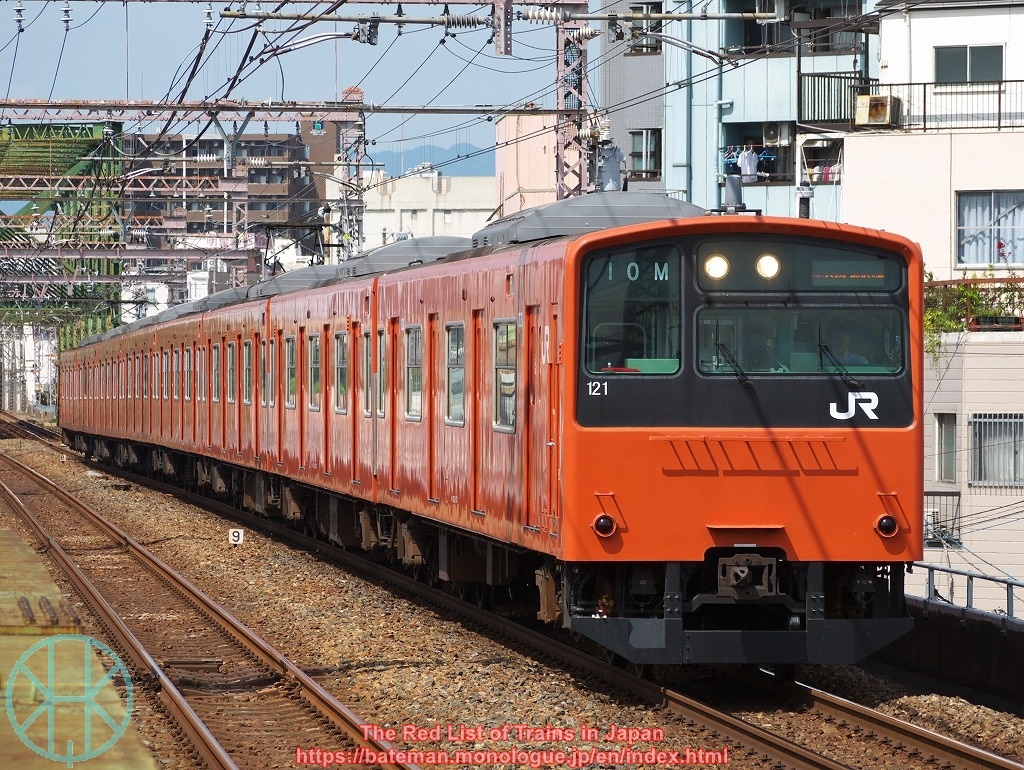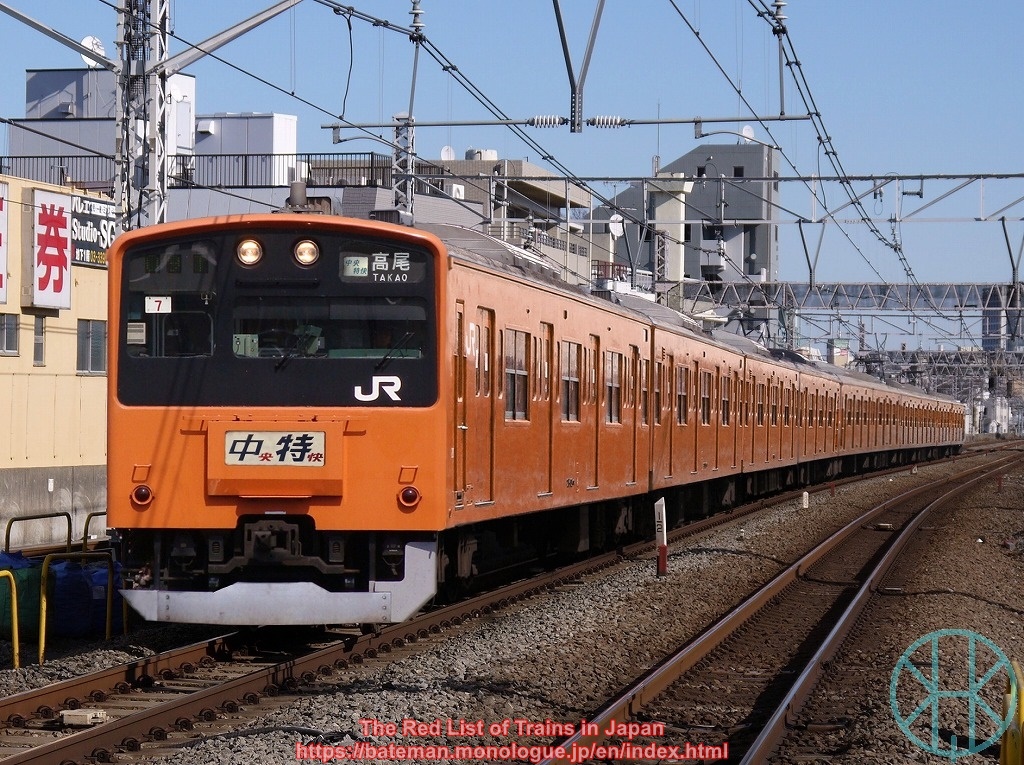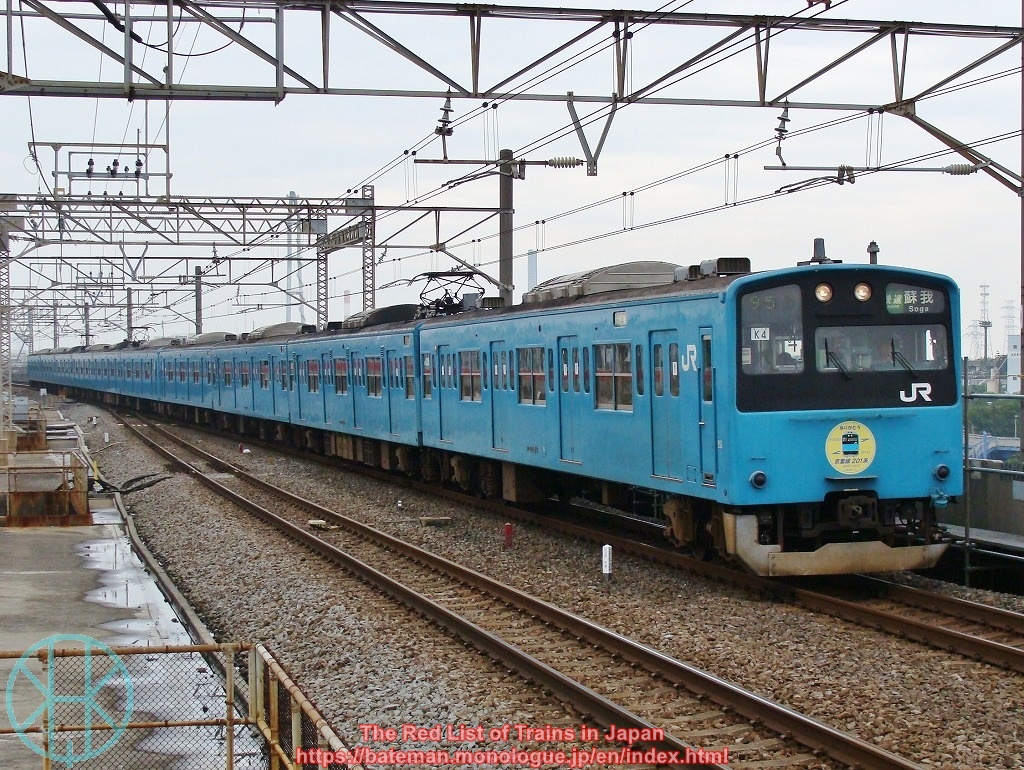JNR 201 series

Data (as of 5 Apr 2025)
| Status: | Extinct |
| Constructed in: | 1979-85 |
| Number built: | 1,018 |
| Retired in: | 2025 |
History
The 201 series was developed by Japanese National Railways as eco-friendly train after the oil prices skyrocketed caused by the 1973 Arab–Israeli War. In order to reduce consumption of electricity, which Japan heavily relies on power plants using fossil fuel, the 201 series had various new features such as new traction systems and regenerative brakes. However, only about 1,000 carriages were introduced simply because JNR ran out of money. Even so, the 201 series has been recognised as one of the most important train in JNR history.
In the Greater Tokyo Area, nearly 800 carriages were introduced to Chuo Line (Rapid) and Chuo & Sobu Lines (Local). JNR once planned to introduce more to Yamanote Line, which was later cancelled. JR East succeeded them, and some were transferred to Keiyo Line. They were replaced with E233 series by 2011.
In the west, about 200 carriages were introduced to Tokaido Main and San-yo Main Lines (stopping services), and later expanded to Kosei Line in Kyoto Prefecture and Fukuchiyama Line in Hyogo Prefecture. They were dramatically refurbished and transferred to Osaka Loop and Kansai (Yamatoji) Lines by 2006, and they retired in 2025.
Photos

Those on Osaka Loop Line were the last vermilion JNR trains in the country.

JR East had used them as well on Chuo Line (Rapid) from 1979 to 2010.

A few of them were transferred to Keiyo Line, but JR East did not use them long. They were painted skyblue unlike other rolling stock on the line.
(Updated: 5 Apr 2025)
